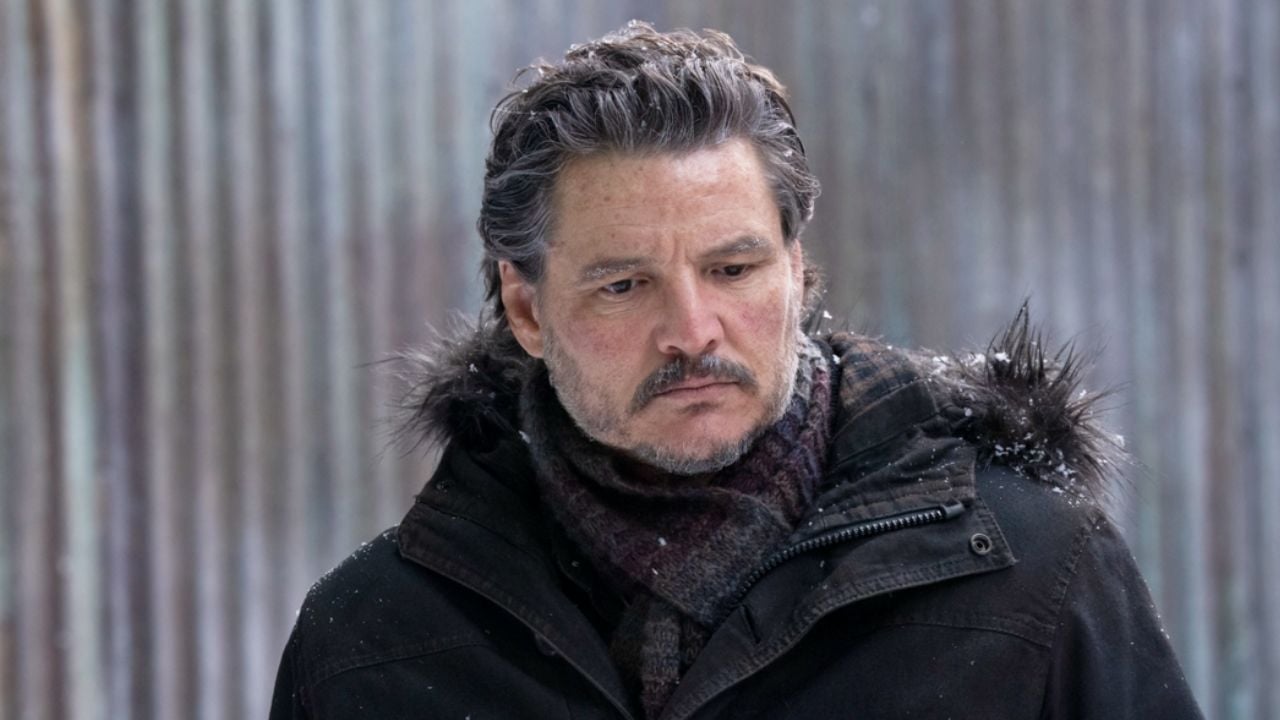The planning calls for most of the investments in the region to prevent damage from the rains of this year’s season, but almost nothing came out of the paper. William Siri: City Hall, where is the Summer Plan in the West Zone?
Summer began on the 21st, the season most loved by citizens and tourists in our city. Known for its high temperatures, it brought with it a cold front that soon gave way to the sun. Thus, in the first days of 2023, thermometers recorded temperatures above 35ºC, which started to worry many people. If for some summer is synonymous with holidays and the beach, for a large part of the population it represents a possible danger and risk of damage due to the inertia of the Public Power.

It’s simple to know why. High temperatures intensify evapotranspiration and cloud formation, which returns moisture to the surface as rain, usually in large volumes. It’s a simple cause and effect relationship, already well known in big cities but still causing damage.
The population density of Rio’s neighborhoods, with disorderly and unplanned growth, worsens the scenario. The significant progress of real estate expansion over natural landscapes and water bodies, especially in the West Zone, worsens the devastating effect. With most of our rivers completely channeled, lacking riparian forests, silted up and/or suffering from heavy garbage accumulation, rainwater has nowhere to drain. That is why the chronicles so often show the weeping and wailing of entire families who have lost everything in the floods.
In response to the tragedies announced, the Municipality presented the Summer Plan, which provides for a series of preventive measures to “solve the structural problems of the city, an effort to minimize the impacts of the more abundant rains”. According to Mayor Eduardo Paes himself, it includes the construction of 235 works to contain slopes, dredge rivers and clean sewers throughout the city, among other measures, for a total investment of R$ 1.2 billion. The amount is infinitely greater than that intended for this purpose by the Crivella administration, a period in which Geo-Rio and Rio Águas were dying. Therefore, the current government found a situation even more catastrophic and in need of urgent answers when it took office.
Paes specified that most of the interventions scheduled for this summer will take place in the West Zone, which will host about 112 works. This represents 49.15% of the total foreseen by the plan for the city, which is fair given the territorial extension and the number of inhabitants who live there. It is also in this region that we find the highest rate of social vulnerability caused by floods. An example of this is the Jardim Maravilha subdivision, located in the Guaratiba neighborhood, which experiences flooding every year. There, in an alluvial plain equivalent to Copacabana, live more than 30,000 people.
As for the rest of the city, the mayor announced the following number of interventions: 81 in the North Zone (35.04%), 31 in the South Zone (14.95%) and 11 (0.85%) in the Centre. However, by investigating the localization of what was announced and carried out by the Executive for the 2022/2023 summer plan, we have identified an inequality in the progress of these interventions.
Although the West Zone leads in the percentage of jobs advertised, it has been the most neglected in speed of construction compared to other regions.
In the map above, released in November 2022 by the Data Office of the City of Rio de Janeiro, it can be seen that most of the interventions carried out or expected to be completed by the end of 2022 were located in the North Zone, South Zone and Center . The West Zone, on the other hand, mainly in Planning Area 5 (which has the most populous neighborhoods), presents delivery forecasts only for the end of 2023, not counting the works that are still in the bidding phase. Therefore, the Summer Plan for this area of the city is, precisely, for 2024. This means another year in which the families who live here will continue to be in difficulty with any forecast of rain.
For this reason, our mandate is organizing the Diagnosis of the Rivers of the West Zone, to be released in the first half of 2023. In it, we check the progress of the works and the current situation of the water bodies on the basis of the visits carried out for all the month of December. We went to about 40 of them distributed between the AP4 and AP5, guided by the Rio Águas document “Rio de Janeiro: A handbook of the rivers, canals and water bodies of the city of Rio de Janeiro”, from 2020. This publication lists the rivers of the city according to its three drainage macro-regions. Our dossier seeks, in addition to investigating the flooding points, to signal the necessary structural reforms and to closely monitor the entire progress of the works carried out by the Municipality.
With the presentation of the 2022/2023 Summer Plan, we were able to present the real situation of inequality in the city, sometimes disguised as extravagant numbers that lead to error. If the West Zone is the one most in need of urgent work, why is work progressing here at a snail’s pace? There is no logic to that, especially when such actions aim to minimize the impacts of this summer’s rains. The truth is, with that, for another year, Rio’s most populous region will be at the mercy of probable floods. We need effective and immediately implemented strategic planning, not limited to a few months of the year, to ensure once and for all the safety, property and quality of life of residents.
+The best content in your email for free. Choose your favorite Terra newsletter. Click here!
Source: Terra
Camila Luna is a writer at Gossipify, where she covers the latest movies and television series. With a passion for all things entertainment, Camila brings her unique perspective to her writing and offers readers an inside look at the industry. Camila is a graduate from the University of California, Los Angeles (UCLA) with a degree in English and is also a avid movie watcher.





